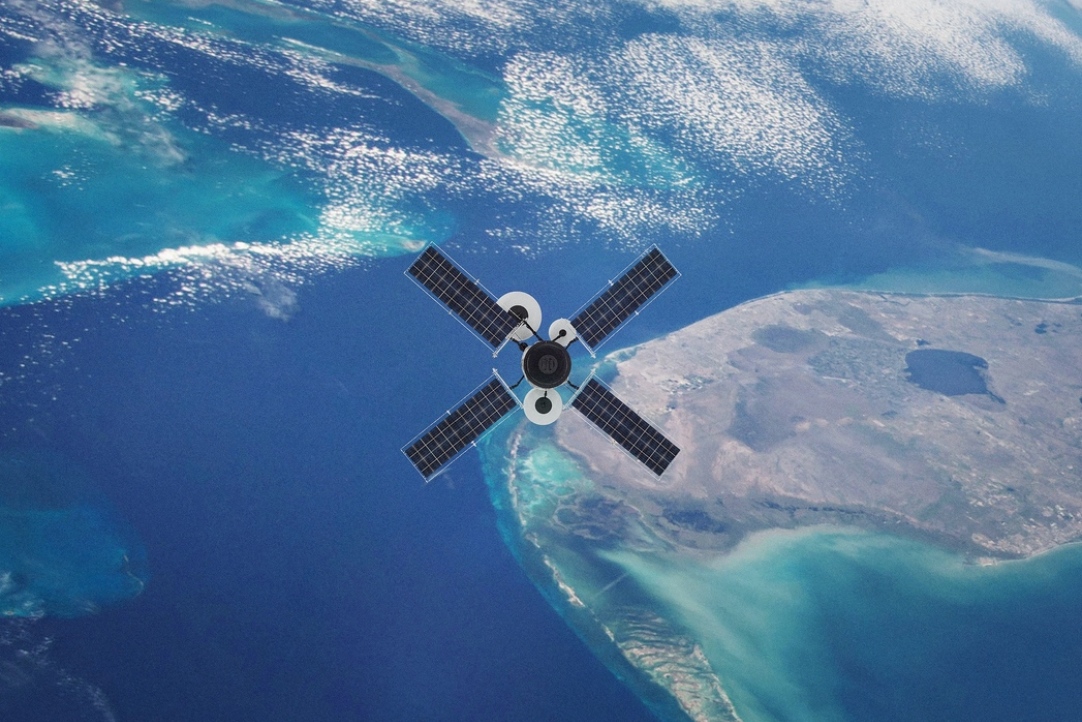HSE University Is Preparing to Launch its Second Satellite into Space

Only one year ago, the first HSE University satellite, developed by specialists and students from the Laboratory of Space Vehicles and Systems’ Functional Safety of the HSE Tikhonov Moscow Institute of Electronics and Mathematics (MIEM HSE) and the Sputnix space company, was launched into orbit. And now, the date of the second HSE University’s satellite launch has been announced: Roscosmos will send it into space from Baikonur Cosmodrome on August 9th, 2022.
Why Arctic Vessels Need Space Satellites
HSE University’s new CubeSat will monitor the Earth’s surface in the Arctic and be part of the system tracking the movement of vessels along the Northern Sea Route. Today, traffic on the Northern Sea Route is constantly increasing, but the Arctic’s tough natural conditions make the development of navigation systems more complicated.
Real-time monitoring uses data from the Automatic Identification System (AIS), with equipment on almost every vessel transferring live information on the vessel’s position and characteristics (identifiers and trajectory parameters). This information is transmitted to the land via coastal receiving stations and/or satellite systems. In Arctic conditions, the reception areas of these coastal stations do not cover all the routes of vessels along the Northern Sea Route, and it is difficult to build the infrastructure in remote Northern regions.
This is why creating a civil constellation of AIS satellites is particularly relevant in Russia today, enabling reliable high-frequency monitoring of vessel movement. Such a constellation, in addition to the obvious financial and infrastructural advantages, would be independent of geopolitical and economic risks related to purchasing equipment from abroad.
HSE University’s Satellite as a Part of the System
The new satellite was developed by the HSE Laboratory of Space Vehicles and Systems’ Functional Safety together with Sputnix. It will become part of the new constellation of satellites, but also remain an educational and research tool for MIEM HSE students.

Andrey Abrameshin, Deputy Director of HSE Tikhonov Moscow Institute of Electronics and Mathematics (MIEM HSE)
‘A complex approach to space technology can be applied in different educational projects of MIEM HSE’, said Andrey Abrameshin, Deputy Director of HSE Tikhonov Moscow Institute of Electronics and Mathematics (MIEM HSE), ‘The development of research and project-based learning at MIEM thanks to commissions in space technology from partner companies will allow student project teams to participate in the development of systems and services of cooperative space missions on CubeSat satellites’.
The satellite will include a Volume-Effective Rocket-Propulsion Assembly (VERA), installed as part of the Space PI programme, which is supported by the Innovation Promotion Fund. The launch of the satellite will be part of the Fund’s project.
The VERA plasma engine is Russia’s first, and one of the first anywhere in the world engine designed for space vehicles with a mass of under 4 kg as part of the CubeSat 3U format. The small size and mass of the newly developed assembly will allow scientists to create and maintain constellations of dozens of nanosatellites in orbit. Nanosatellites can independently maintain their position in orbit and decrease their altitude at the end of their life, in order to drastically reduce the time before they burn up in the upper layers of the atmosphere.
The new satellite, like the first one, will be equipped with a camera for remote Earth imaging. But thanks to the Automatic Identification System and VERA, it will do the job better. And, unlike the first one, its main goal will be focusing on the Arctic regions.
Competition for the Name of the Second HSE University’s Satellite
The launch of the HSE University’s new satellite is scheduled for August 9th, 2022. And today, it needs a name. Staff and students of HSE University are welcome to participate in a competition to suggest what it should be called.
The name should be in Latin characters, contain no more than 15 characters (letters and figures) and reflect the specific characteristics of the new satellite and its relationship to HSE University. The competition is open until April 16th, and after that, HSE students and staff will be able to vote for the best option.
In addition, those entrants suggesting the three most popular names will win prizes with HSE University logos from the MIEM HSE Laboratory of Space Vehicles and Systems’ Functional Safety.
By Valeria Nemna, MIEM HSE Media Centre
Andrey E. Abrameshin
Deputy Director, HSE MIEM
